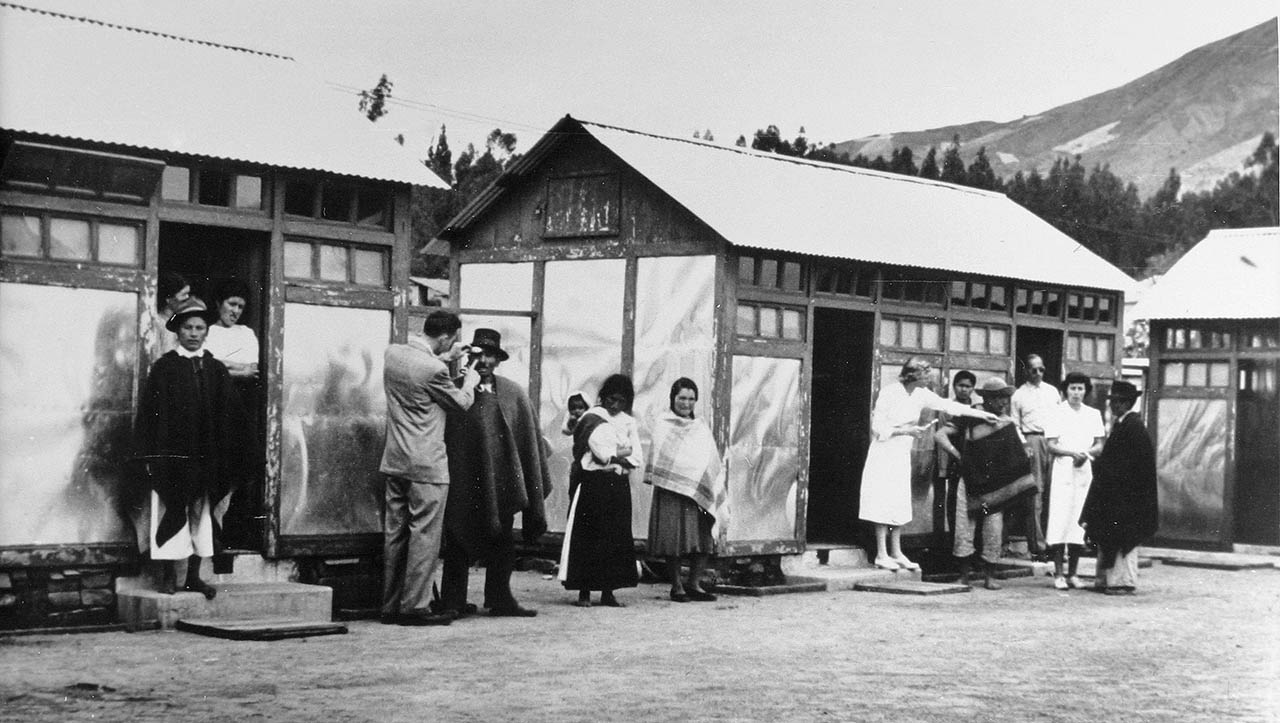 |
| Dr. Roberts and medical staff care for indigenous Ecuadorians at HCJB's hostel and clinic. |
 |
| Inauguration of HCJB's clinic and indigenous hostel on April 28, 1950.L-R: D.S. Clark, Francisco Cruz, the Ecuadorian Minister of Social Welfare, the U.S. Ambassador, Dr. Ev Fuller, and Dr. Paul Roberts. |
HCJB's medical clinic and indigenous hostel was officially inaugurated on April 28, 1950 with the U.S. Ambassador and the Ecuadorian Minister of Social Welfare in attendance.
For one Sucre, indigenous Ecuadorians had a safe and sheltered place off the streets to spend the night. And the clinic offered them basic medical care—something they otherwise had no real access to at the time.
The clinic also served Ecuadorians living around the station. However, the limitations of a small medical clinic was soon apparent as staff faced needs they could not meet with their humble facilities.
Dr. Roberts began plans for a fully equipped modern medical facility where everyone could receive the best care, regardless of their ability to pay. This dream would lead to the construction of Rimmer Memorial Hospital, now known as Hospital Vozandes Quito.
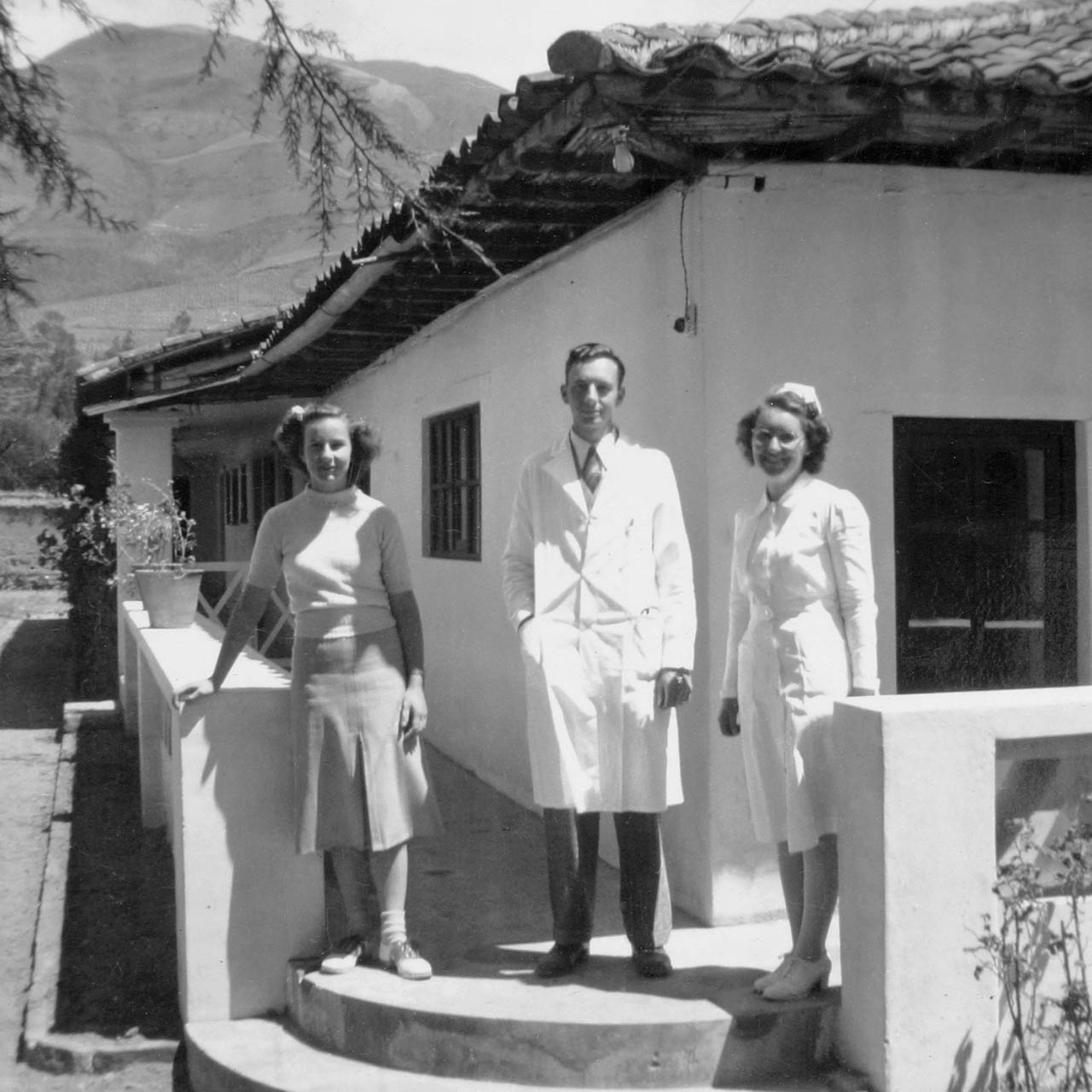 |
| Dr. Paul Roberts, Nurse Kay Erb, and helper Lucille Lurner. |
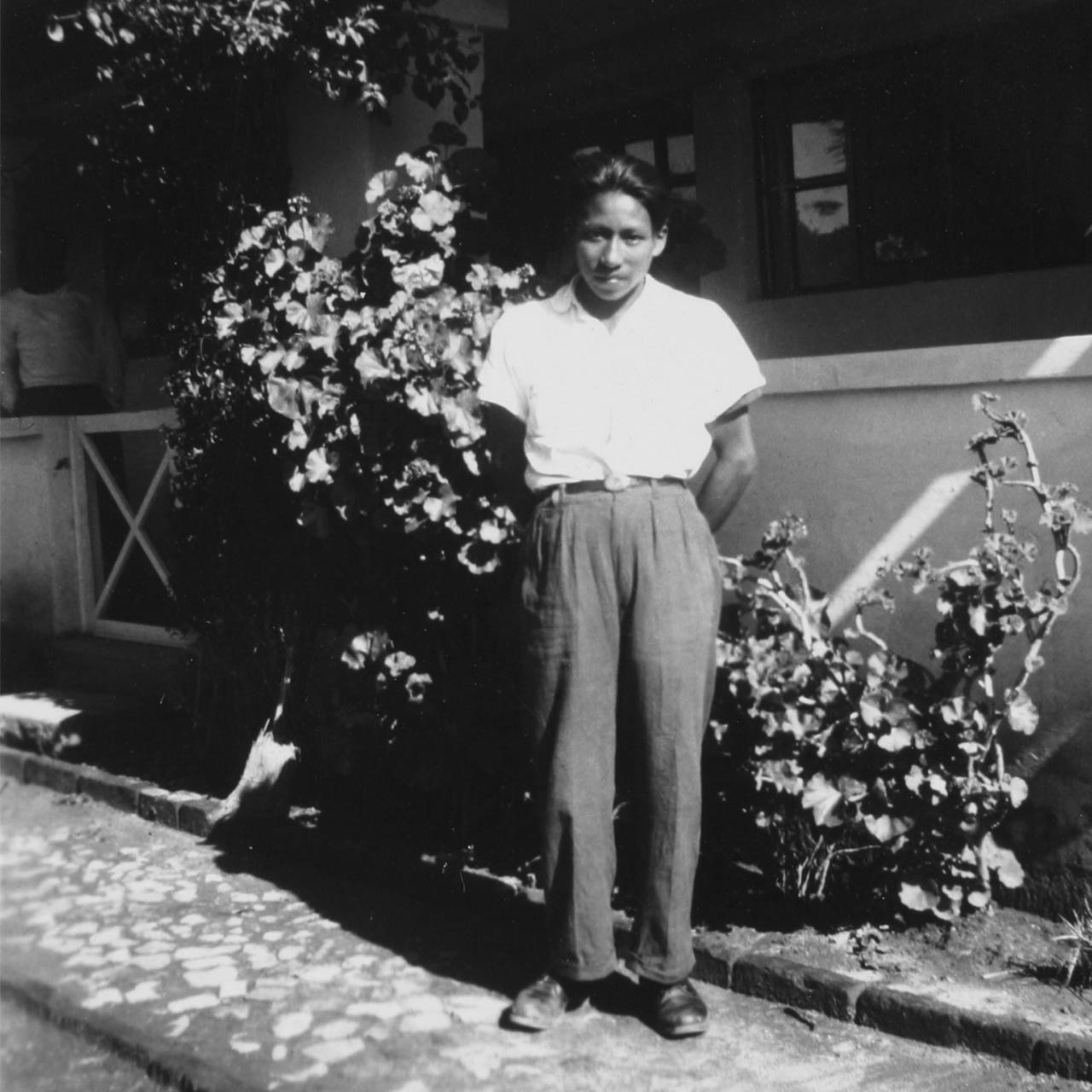 |
| First patient at the clinic. |
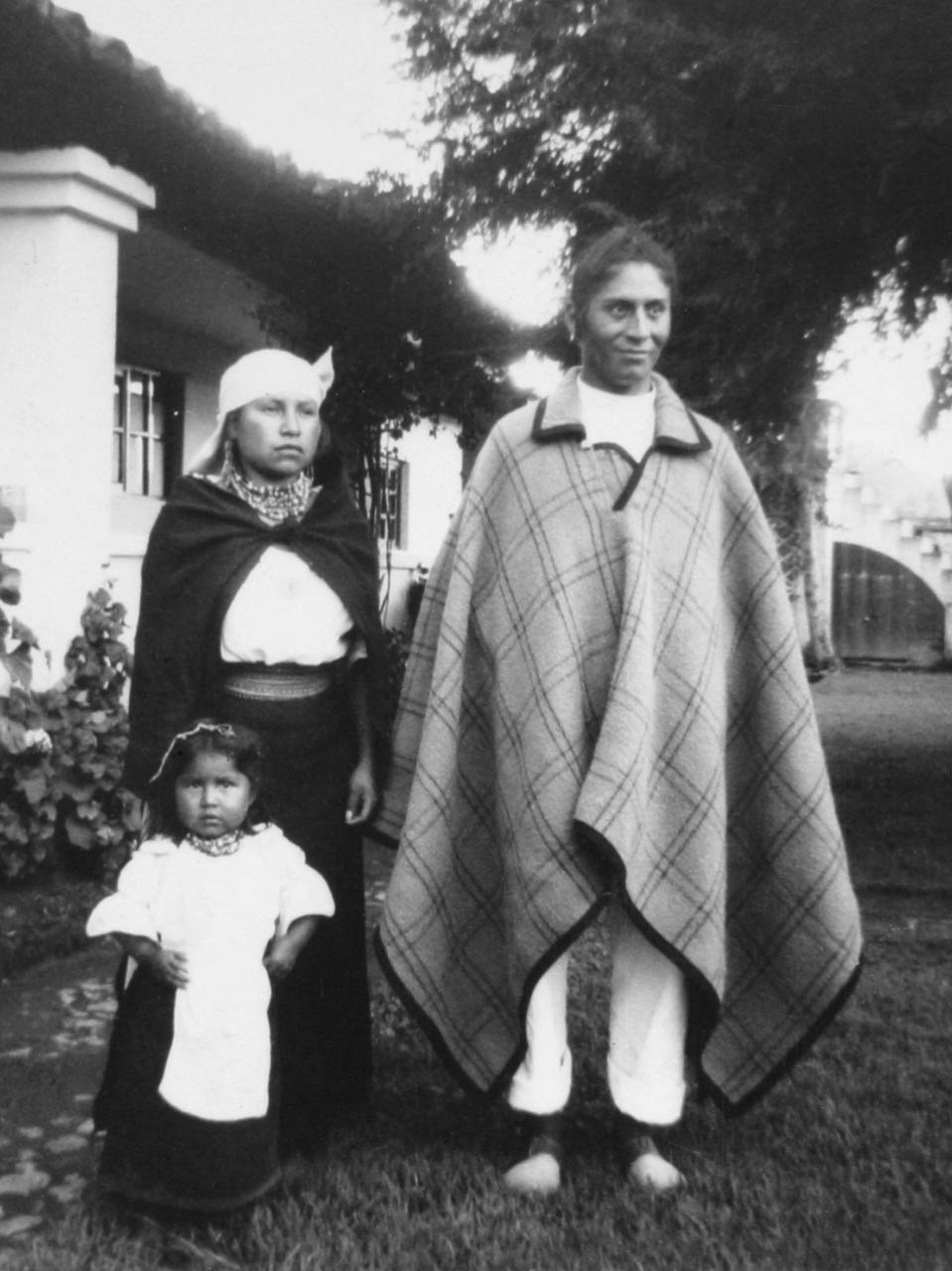 |
| Hostel caretakers Manuel and Rosa. |
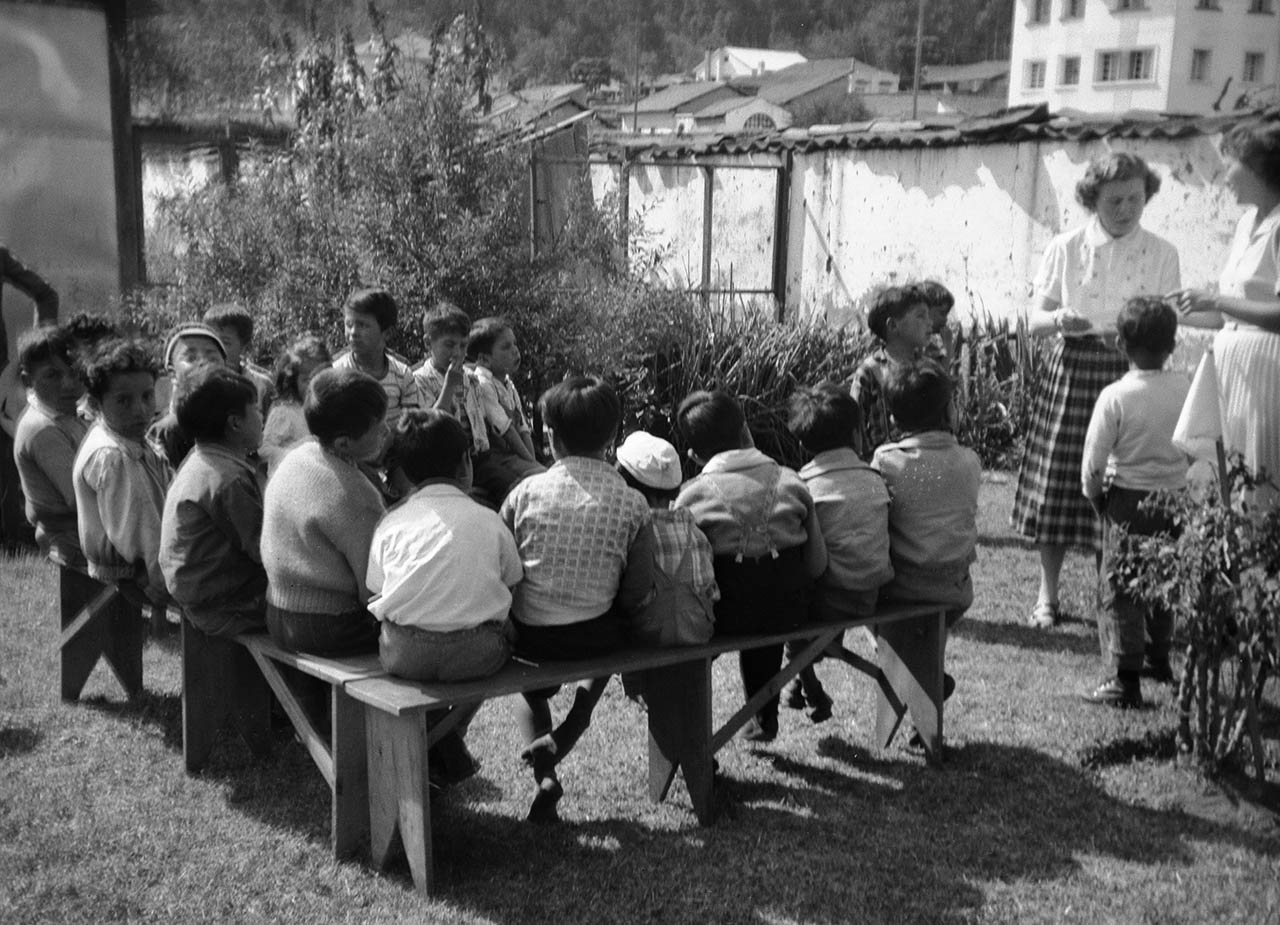 |
| The clinic's ultimate purpose was to proclaim and demonstrate the Gospel. Soon there was a church meeting at the clinic and programs for children. This was the start of the Iñaquito Evangelical Church. |






